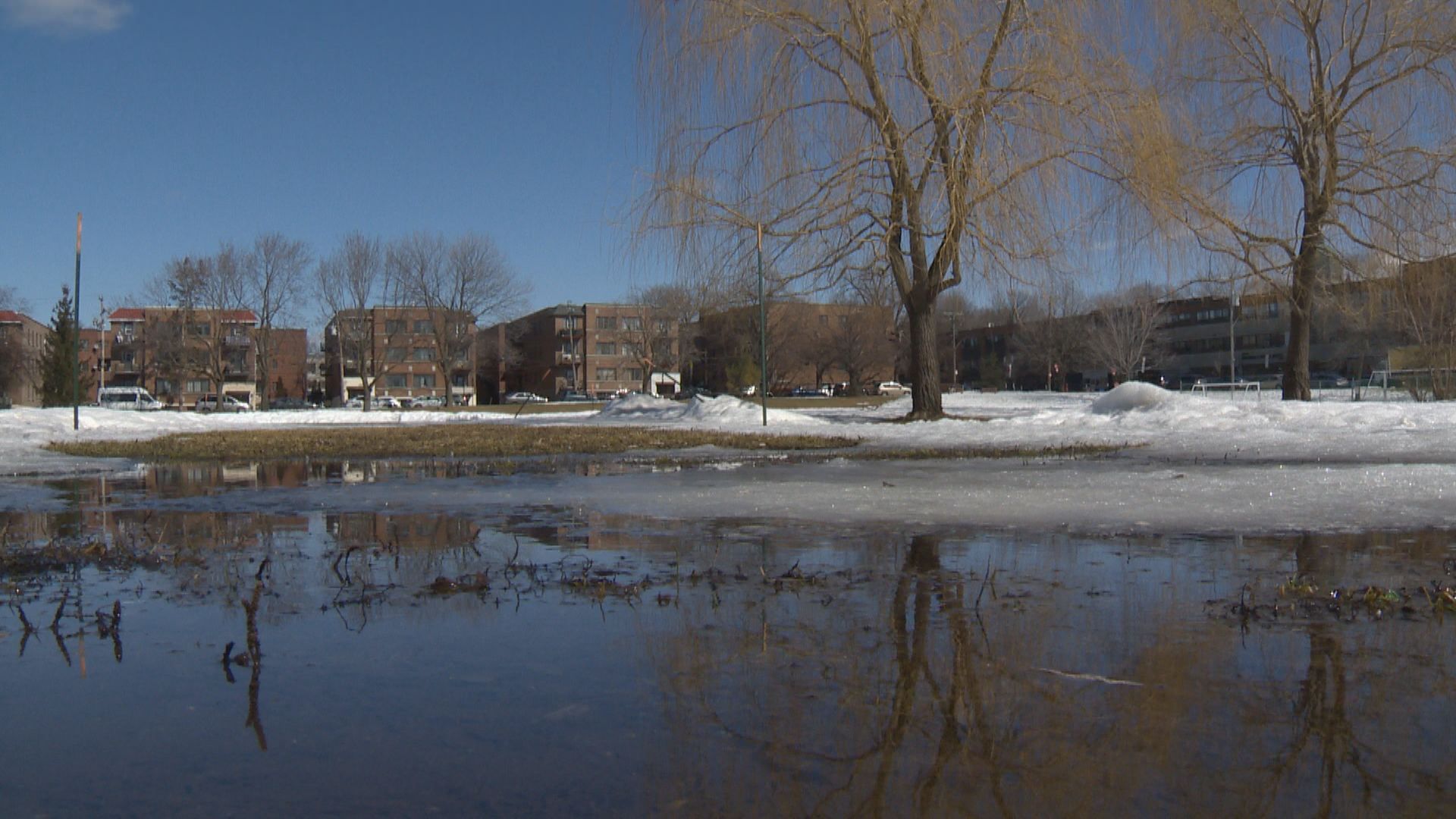Artificial Turf: An Overview of Synthetic Grass Pros and Cons

Artificial turf, also known as synthetic grass or synthetic turf, has become increasingly popular over the last decade. From commercial applications such as athletic fields to residential lawns, synthetic grass is an attractive and practical alternative to traditional grass. However, like any product, there are pros and cons to choosing artificial turf over natural grass.
Pros of Artificial Turf
1. Low Maintenance
Artificial turf requires much less maintenance compared to natural grass. It does not need to be watered, mowed, or fertilized. This saves homeowners and businesses a considerable amount of time, money, and resources.
2. Durability
Synthetic grass is incredibly durable and can withstand heavy foot traffic and adverse weather conditions. As a result, it is an excellent choice for athletic fields, playgrounds, and other high-traffic areas.
3. Aesthetically Pleasing
Artificial turf looks and feels like natural grass without the need for constant upkeep. It is available in a variety of colors, styles, and textures to meet individual preferences and design objectives.
4. Conservation of Resources
Artificial turf is a water-saving solution in regions with dry or arid climates. It conserves water by eliminating the need for regular watering, which is necessary for natural grass to survive.
Cons of Artificial Turf
1. Limited Lifespan
Synthetic turf has a limited lifespan, usually between 8 and 15 years, depending on the product's quality and maintenance. Regular cleaning and repair are recommended to extend the turf's lifespan.
2. High Initial Investment
The initial cost of installing artificial turf can be significant, although it is worth noting that it is a long-term investment that pays off over time due to the lack of maintenance costs.
3. Cleaning Requirements
Synthetic grass requires periodic cleaning to remove debris and prevent the growth of bacteria and mold. It is suggested to use eco-friendly cleaning products to avoid exposure to toxic chemicals that may be harmful to human health.
4. Petroleum-Based Material
Artificial turf is made from petroleum-based products, which are synthetic and non-biodegradable materials. Although some manufacturers have begun using recycled materials for their products, the majority of synthetic grass still contains non-renewable resources.
5. Heightened Health and Safety Concerns
Infill used with artificial turf often contains toxic chemicals, such as lead and cadmium, which can be hazardous to human health. These chemicals may be absorbed or inhaled during activities that take place on the synthetic grass surface.
Conclusion
There are benefits and drawbacks to every product, including artificial turf. Synthetic grass is a low-maintenance, durable, and sustainable solution for landscaping and sports fields. However, it has a limited lifespan and requires periodic cleaning, which can expose individuals to toxic chemicals. The initial investment might also be high, but it pays off over time in terms of cost savings on maintenance. If you are considering installing artificial turf, it's essential to weigh the pros and cons and research the best product and installation options to fit your specific needs.